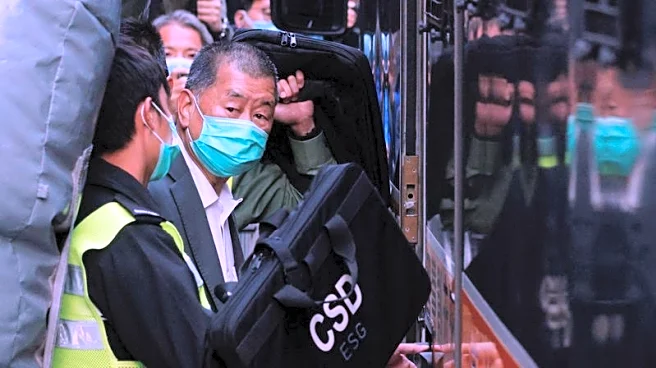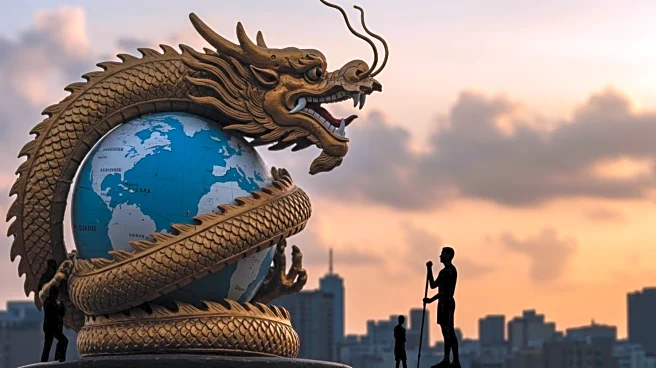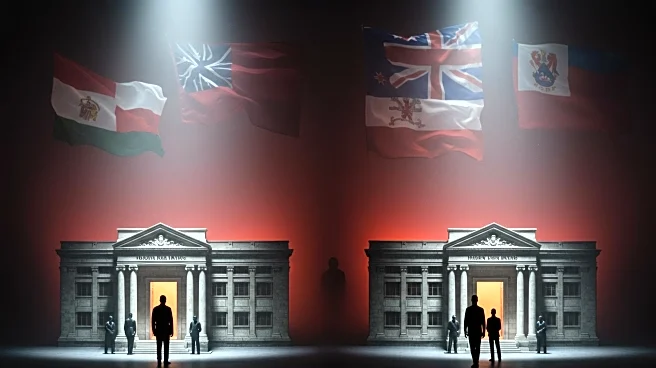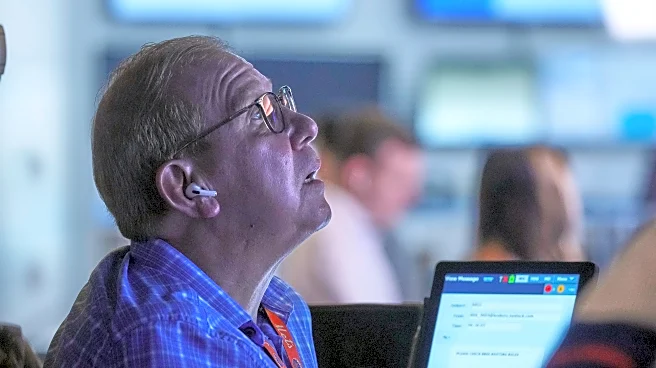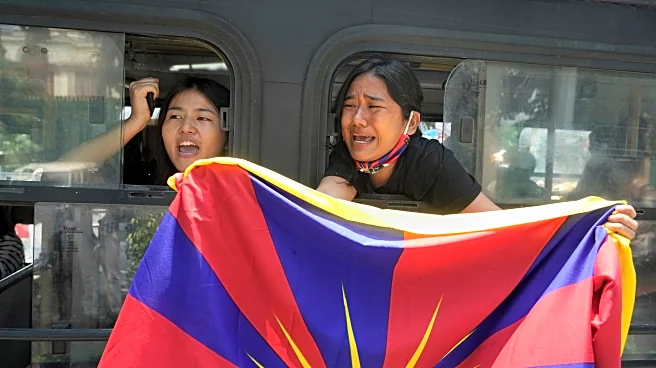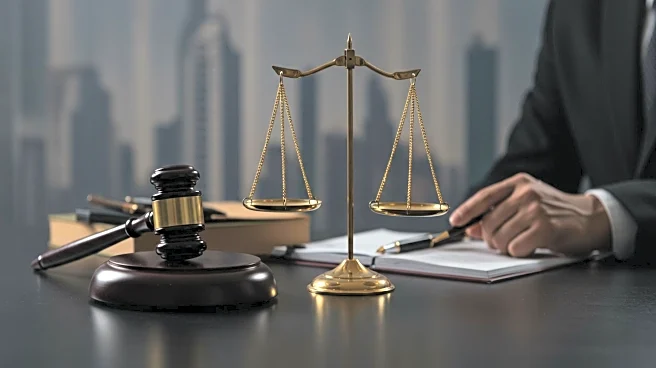Rapid Read • 7 min read
A Myanmar artist, Sai, has fled Thailand after Chinese officials pressured the Bangkok Art and Culture Centre to censor an exhibition on authoritarianism. The exhibition included works by Tibetan, Uyghur, and Hong Kong artists, which were removed or altered following demands from Chinese officials. The exhibition aimed to resist authoritarianism through creative expression, but faced diplomatic pressure to comply with the One China policy. Sai, fearing deportation to Myanmar, is now seeking asylum in the U.K. The incident highlights Beijing's efforts to extend its repression beyond its borders, threatening global freedom of expression.
AD
This development underscores China's growing influence in international cultural affairs, raising concerns about freedom of expression and artistic censorship. The pressure exerted by China on foreign institutions to comply with its political stance could have broader implications for global diplomatic relations and cultural exchanges. Artists and institutions may face increased challenges in showcasing works that critique authoritarian regimes, potentially stifling creative freedom and political discourse. The incident also reflects the geopolitical tensions surrounding China's policies on Tibet, Hong Kong, and Uyghur identity.
The exhibition is set to close in Bangkok in October, but Sai plans to find international venues to host it, potentially increasing global awareness and interest. The situation may prompt discussions among international art communities and human rights organizations about the impact of political pressure on cultural institutions. Additionally, diplomatic relations between Thailand and China could be affected, as the incident may lead to further scrutiny of China's influence in Southeast Asia.
The censorship of the exhibition may lead to a broader debate on the ethical responsibilities of cultural institutions when faced with political pressure. It raises questions about the balance between diplomatic relations and the protection of artistic freedom. The incident could also influence future policies on international art exhibitions, particularly those involving politically sensitive topics.
AD
More Stories You Might Enjoy



